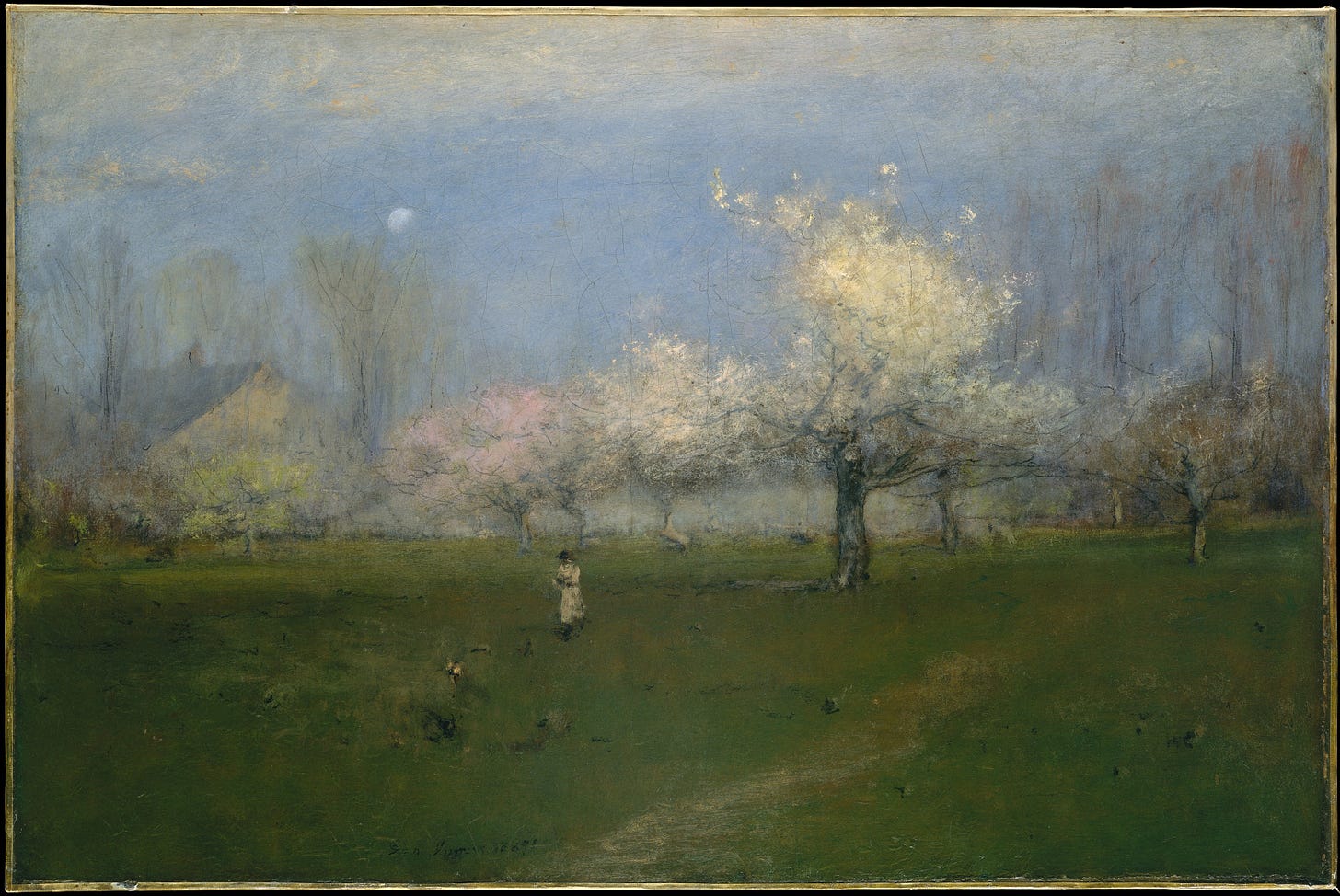
Nothing says spring quite like a careful description of driving a car to the hospital.
Or so, at least, decided William Carlos Williams (1883–1963) when he opened Spring and All, his 1923 collection of poetry and prose, with the lines, “By the road to the contagious hospital / under the surge of the blue . . . ”
For those of a certain age — who hear the word “modernist” as modern — it’s an astonishment that a good portion of William Carlos Williams’s poetry is out of copyright. After noticing how often the Internet routinely violates poetry copyrights (currently protecting works after 1928), we decided early on here at Poems Ancient and Modern that we would try to be vigilant about copyright, which prevents us (in our current poverty) from running anything from W.H. Auden, Silvia Plath, Delmore Schwartz, Philip Larkin, and many others. But not only is the first modernist generation, with the likes of T.S.…
Keep reading with a 7-day free trial
Subscribe to Poems Ancient and Modern to keep reading this post and get 7 days of free access to the full post archives.



